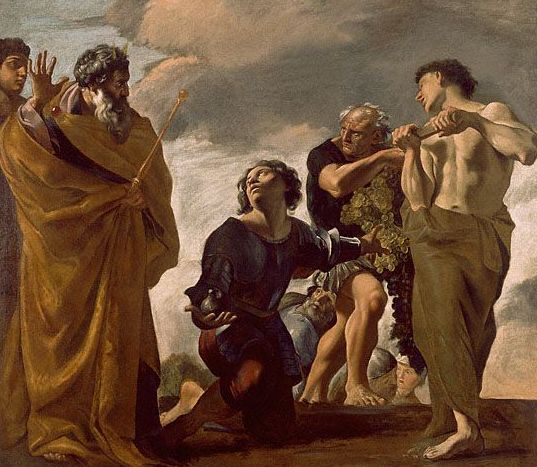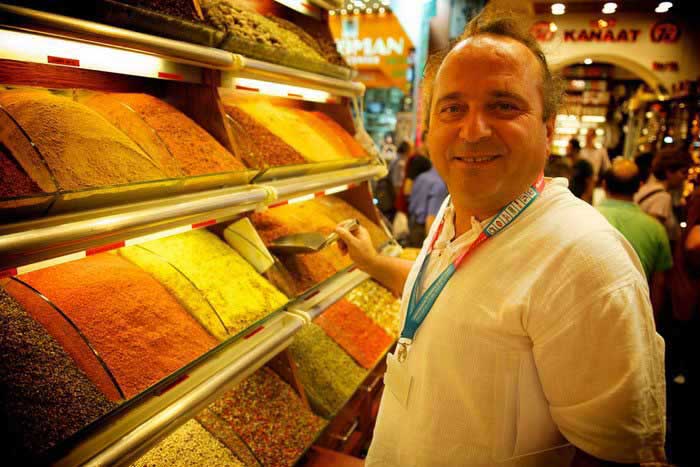Rome, Hellenism and Orient had unified here in a unique, and never imitate bled monument. Apart from the Kucuk Ayasofya church, Hagia Eirene Church, the Underground Palace (Yerebatan Sarayi) and Binbirdirek are what have survived since those glittering days. First, however; Haghia Sophia, the church of “the divine wisdom”, is the most significant indicator of the power and splendor of the Justinian period.
In spite of the internal competition and the threat of rapidly spreading Islam, the commercial power in Bosporus stayed as the most magnificent and great focus point of the Medieval age until the 13^ century. However, it was also the center of competition of noble dynasties struggling to rule this power, a corrupted administration, several intrigues and horrifying murders. After the Byzantine army had been defeated in Malazgirt in 1071, Asia Minor was taken by Selcuks; this was the first sign for the coming catastrophe of the East Roman Empire.
Constantinople experienced
In 1204, Constantinople experienced the most hurtful stroke of its history; the Fourth Crusade armies led by Venetian Duke Enrico Dandolo backed by Venetian Navy, passed the Golden Horn barrier and plundered the invaluable masterpieces of the richest city of the era, for 58 days. That was when the city of Constantine and Justinian had fallen down. After the short rule of “Latin” Crusade State in 12 61, Constantinople lived its second best period during the paleographer emperors` period. Marvellous mosaics, the frescoes at Kariye and Fethiye Mosques have survived from those days until today.
The Ottomans passed the Dardanelles in r 354 and stepped into the European land for the first time in Gallipoli. Bursa replaced Edirne as the new capital in 1361. The Christian- Orthodox Constantinople had already become an island in the sea of Muslims. In 14 5 2, Constantinople was totally isolated from the Black Sea commerce by the construction of Rumeli Hisari fortresses in a time span as short as two months. The Europeans did not react while the Byzantines were trapped.
On May 29, 1453; the Janissaries of Fatih Sultan Mehmet (Mehmet the Conqueror) entered the city that had been under their besiege for a long time. The greatest Ottoman Sultan, called “The Man who Opened an Era” by a biographer, considered himself heir of Byzantium and the hero of a new Alexander romance.
Constantinople capital
He declared Constantinople as the capital and gave it a new name by inspiring the Greek words “is tippling” (into the city): the Allied forces in the end of World War I occupied Istanbul, Istanbul. The country regained its freedom after the Independence War that had begun in the leadership of Mustafa Kemal Ataturk.
Ataturk could foresee the future and was realistic as well as being a perfect statesman and one of the greatest politicians of the 2th century. Mustafa Kemal Ataturk realized what no other statesman could do in the 20 century and changed his people`s lives completely. This was an exact cultural revolution. He established a common platform much further and deeper than it can be observed. The republic was declared in 1923 and Ankara became the capital, Istanbul has remained the biggest and the most significant city of Turkey up to now. The words of a Turkish poet are still valid: “The best part of Ankara is the way back to Istanbul.”
Read More about Topkapi Palace








